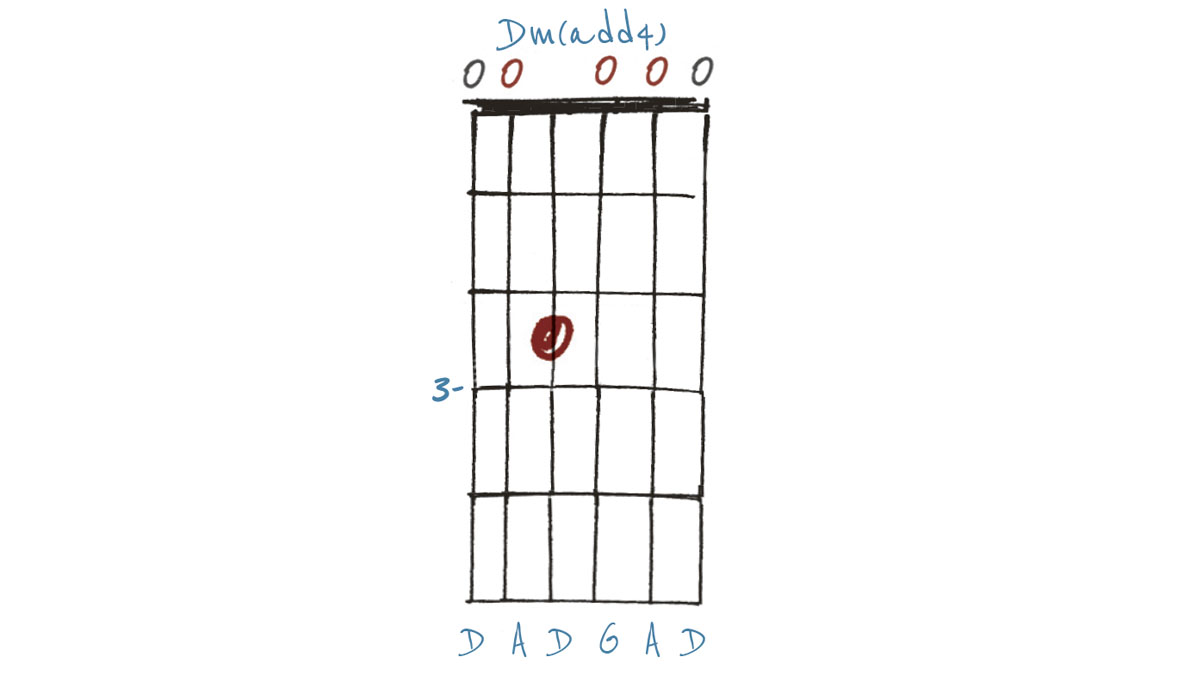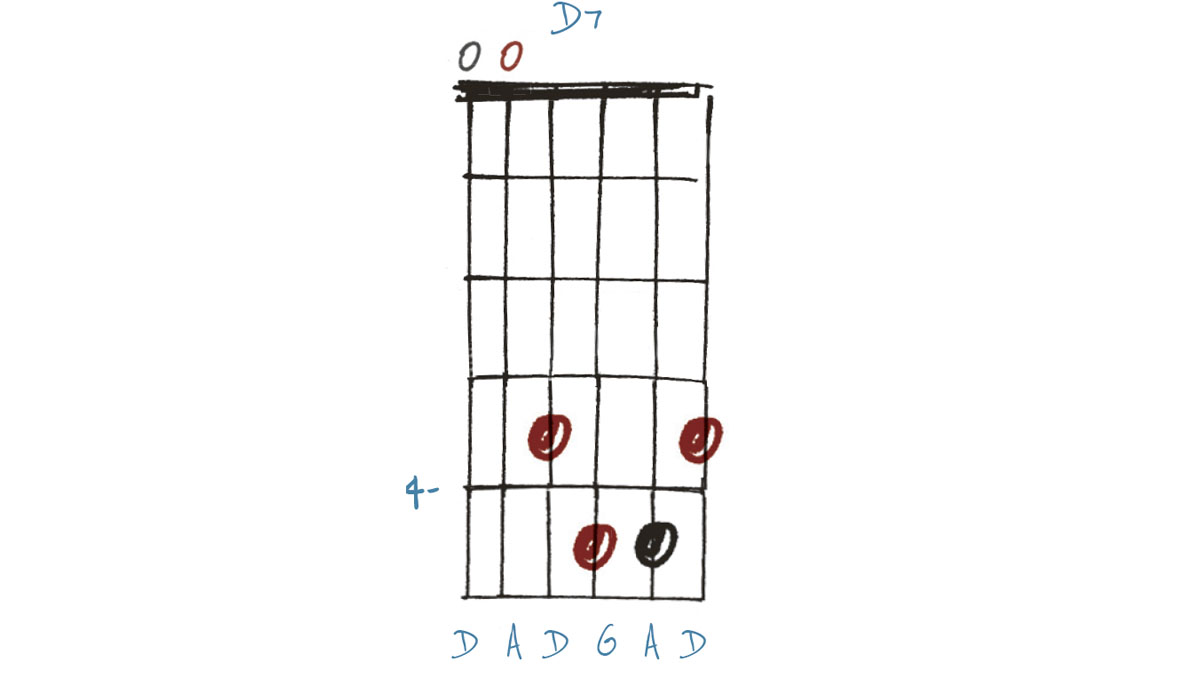DADGAD guitar tuning: an introduction to the (not quite) open tuning favored by Jimmy Page
Here are five ideas to get started with DADGAD tuning, so you can get on with the important business of writing the next Kashmir

To be absolutely correct, DADGAD (that’s low to high) is not actually an open tuning, rather an altered one. I say this because we do not get a clear chord by playing the open strings.
Nevertheless, this tuning does offer some very interesting open chords using a minimum of complicated fingerings – though, as we will see, there is no reason why we can’t go there for some interesting and unusual chord voicings.
Davey Graham is the guitarist credited with bringing this tuning back from Morocco in the early ’60s, but it has subsequently been used by a host of others – notably Jimmy Page on Kashmir and Black Mountain Side.
Jimmy Page also invented several lush, jazzy voicings for Led Zeppelin’s The Rain Song in yet another alternative tuning, rather than DADGAD, but a couple of these examples remind me of it all the same. And surely the point here is to invent some new sounds instead of following too closely in the footsteps of others?
Example 1
This ‘one-finger’ Dadd4 features a stacking of notes that could easily be made into a melody. You could also move the one fretted note around on the fourth string to create other chords, or a melody using the open strings as a ‘drone’. This is technically very easy to do, but should not be underestimated.
Example 2
As suggested in Example 1, one of the chords you’ll find by moving the fretted note around on the fourth string is this Dm(add4). Again, the stacking of notes lends itself to piano-like melodic ideas, though it could also be strummed. Either way, it’s a world apart from the sounds available in standard tuning.
Example 3
Experimenting with more complex shapes, such as this Dmaj9, can give some nice surprises and voicings not possible in standard tuning. You can find all sorts of alternatives by moving the notes a semitone one way or another (as fingering allows). Another chord where you can use all six strings, strumming or picking.
All the latest guitar news, interviews, lessons, reviews, deals and more, direct to your inbox!
Example 4
As mentioned in Example 3, you can move around notes in a chord to find other chords or inversions. This D7 is a great example of how an alternative or open tuning can give us a broader soundstage for what might seem like basic chords on paper. There are a few more chords/ideas hidden around here, but I shall leave those to you.
Example 5
This Gmaj7 may feel like a handful at first, but it gives us somewhere else to go harmonically (the IV chord is always useful to find) and it is movable to any key without changing the fingering. Move the barre down to the 3rd fret and hear this change to Gmin7.
As well as a longtime contributor to Guitarist and Guitar Techniques, Richard is Tony Hadley’s longstanding guitarist, and has worked with everyone from Roger Daltrey to Ronan Keating.







